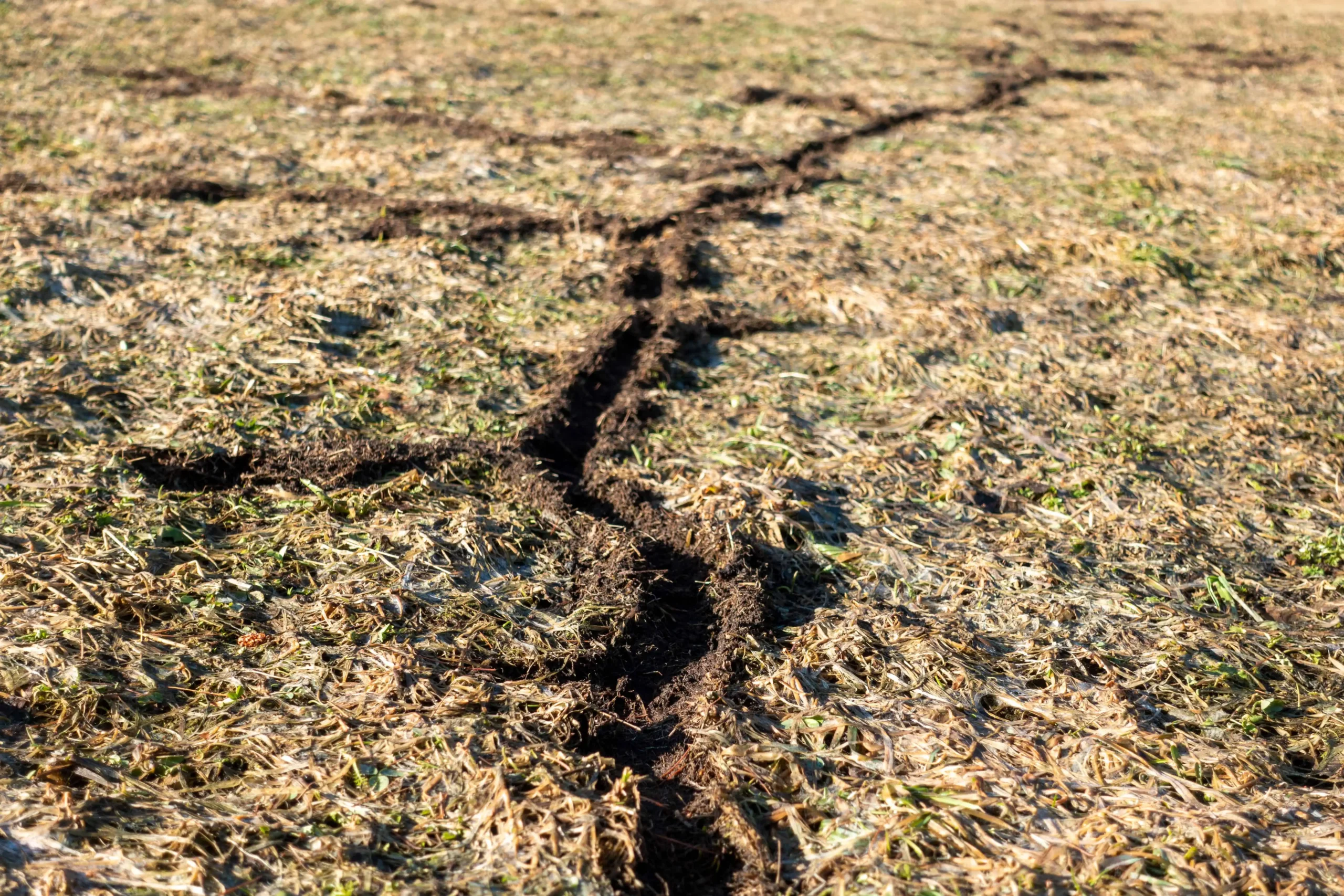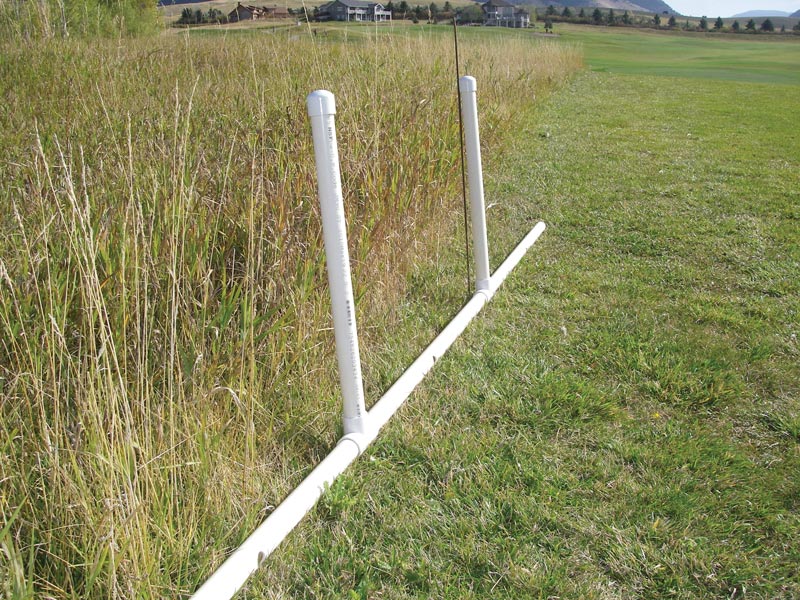Preserve Your Yard: Vole Control Tips for Lush Landscapes
The Ultimate Manual for Vole Insect Control: Professional Tips on Problem Administration and Therapy
Within the world of parasite control, vole problems offer an one-of-a-kind challenge that demands a strategic strategy. As we delve into the elaborate world of managing vole infestations, a riches of expert tips and therapy choices awaits those looking to recover their areas from these persistent bugs.
Determining Vole Infestations
When examining for vole infestations, keen monitoring of particular signs such as runways and delve systems is important for exact identification. Voles, little rats looking like computer mice, are known for the extensive network of surface area runways they create in lawn or mulch. These paths usually have a width of regarding two inches and are avoided particles by the voles' frequent use. Additionally, vole burrow systems are another key indicator of infestation. These tunnel entryways are approximately 1.5 inches in size and cause shallow passages that house nests and offer defense for the voles.

Prevention Strategies for Voles
Reliable avoidance techniques for vole problems include executing proactive procedures to discourage these tiny rats from triggering damage to exterior spaces. In addition, regularly trimming the grass and maintaining turf trimmed short can inhibit voles from developing nests.

In addition, keeping a clean yard with correct spacing between plants can help in reducing vole-friendly habitats. Prevent overwatering your grass or garden beds, as voles are drawn in to damp settings. By applying these avoidance approaches, you can effectively deter voles and safeguard your exterior rooms from problems.
Efficient Entraping Strategies
Implementing strategic capturing methods is essential in effectively taking care of vole populaces and decreasing damages to exterior areas. These traps need to be inspected frequently and reset as required to make certain constant vole control. By employing a mix of breeze catches and live catches tactically, house owners can properly decrease vole populaces and secure their outdoor rooms from more damage.
Natural and Chemical Treatment Options
To successfully manage vole populaces and minimize damage in outside atmospheres, checking out chemical and all-natural treatment alternatives is necessary. Natural therapies provide environmentally friendly services that can help regulate vole invasions without triggering damage to various other wild animals or plants.
Rodenticides containing zinc phosphide or anticoagulants like bromadiolone can be purposefully anchor positioned in vole runways or burrow entrances. By combining chemical and all-natural treatment options judiciously, vole infestations can be managed properly while lessening environmental impact.
Maintaining a Vole-Free Atmosphere

Applying natural vole repellents like castor oil-based items or killer urine can additionally help in deterring voles from attacking your residential or commercial property. These repellents work by developing an unfavorable environment for voles, encouraging them to seek shelter elsewhere. By incorporating these safety nets and preserving an alert technique to vole control, you can create a vole-free environment that discourages infestations and advertises long-term insect management success.
Verdict
To conclude, effective vole pest control needs a mix of determining problems, carrying out avoidance techniques, making use of efficient capturing techniques, and considering all-natural or chemical treatment options. Visit This Link By maintaining a vole-free environment via these techniques, home owners can properly decrease and manage vole populaces on their home - vole yard damage. It is crucial to continually monitor for signs of invasion and take positive steps to stop future vole problems
By precisely determining vole problems early on, proper pest control actions can be carried out without delay to reduce prospective damages to plants, yards, and gardens.
Having actually established approaches to resolve vole invasions through natural and chemical treatments, the emphasis now shifts to maintaining a vole-free setting for long-term pest control.Applying all-natural vole repellents like castor oil-based Source items or killer pee can also aid in deterring voles from invading your building. By integrating these preventative steps and preserving a vigilant approach to vole control, you can develop a vole-free environment that inhibits problems and promotes long-lasting pest management success.
In conclusion, successful vole insect control requires a combination of recognizing infestations, implementing prevention approaches, making use of reliable trapping methods, and considering all-natural or chemical treatment alternatives.